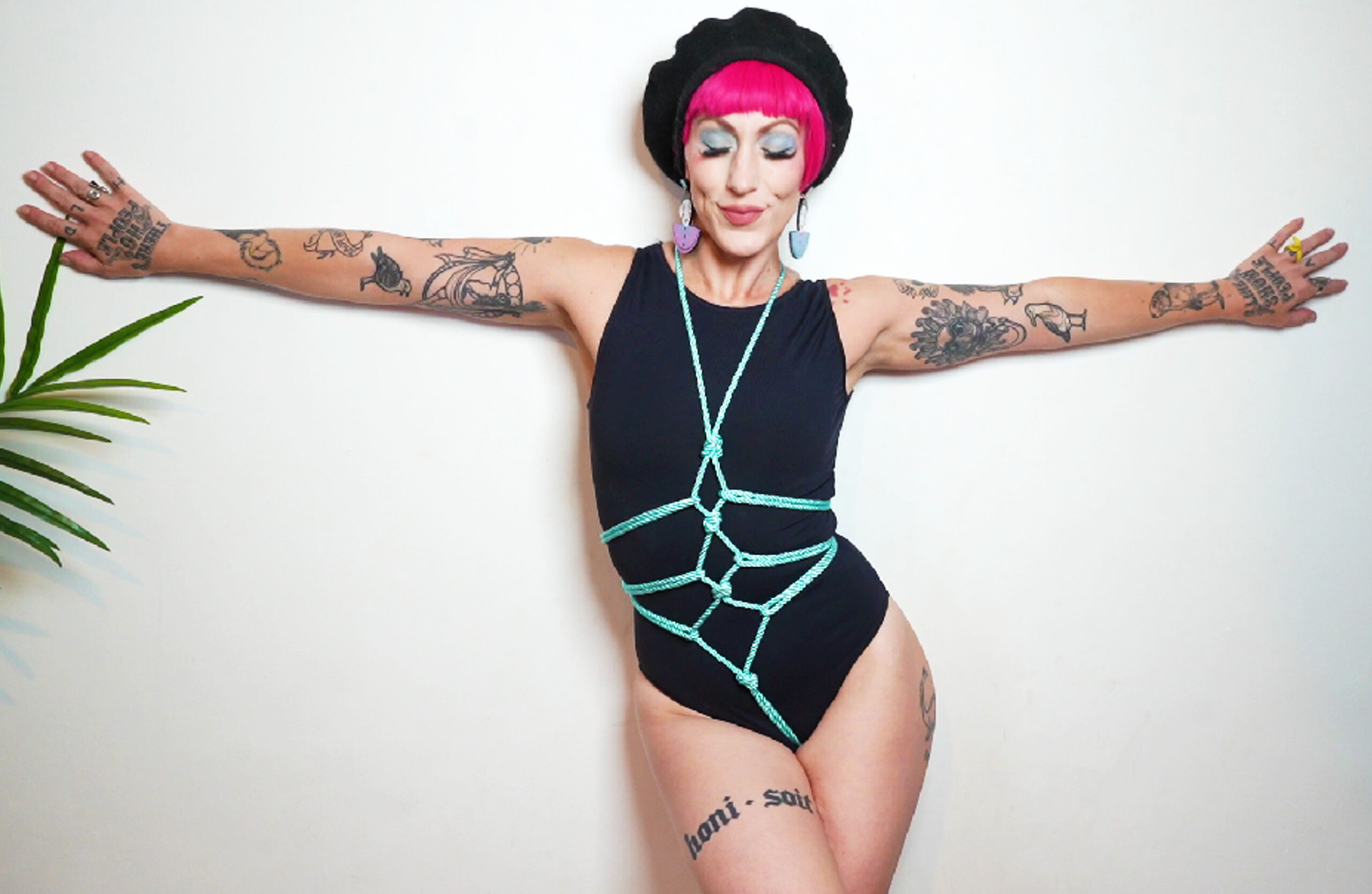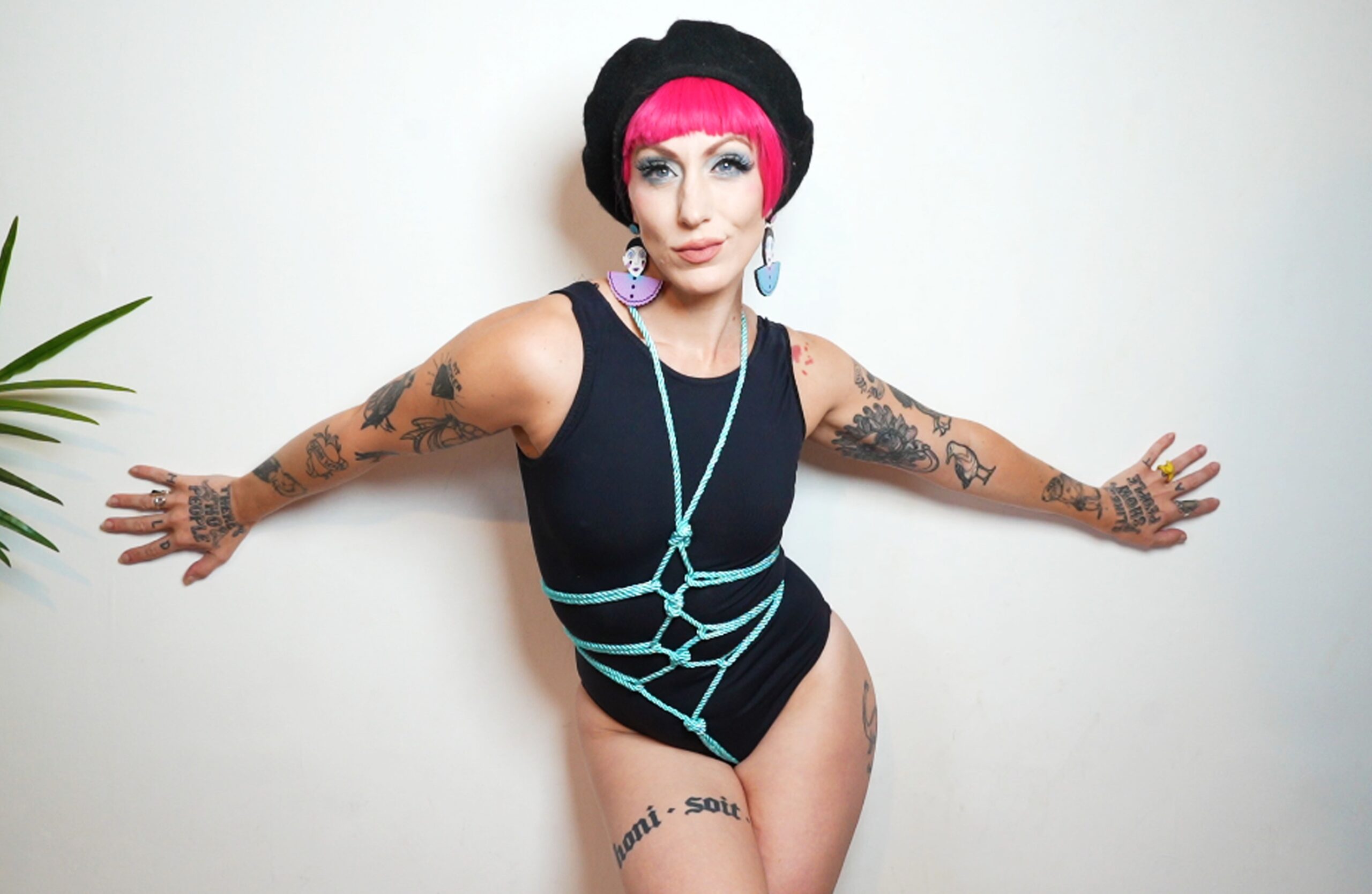How Gaslighting Thrives In Power Dynamics Within Relationships

Gaslighting’s Exploitation of Power Imbalances
Gaslighting, a manipulative tactic designed to sow seeds of doubt and confusion in a victim’s mind, finds fertile ground in relationships characterized by power imbalances.
The Foundation of Unequal Relationships
Gaslighting, a manipulative tactic designed to sow seeds of doubt and confusion in a victim’s mind, finds fertile ground in relationships characterized by power imbalances. The abuser often holds a position of authority or dominance, whether it be financial, social, emotional, or intellectual. This disparity in power creates an environment where the victim is more susceptible to the gaslighter’s insidious tactics.
- By constantly undermining the victim’s perceptions and memories, the abuser seeks to erode their sense of self-worth and reality.
- Victims are led to question their own sanity, instincts, and judgment, making them more dependent on the gaslighter for validation.
- The power imbalance allows the abuser to control the narrative, manipulating situations to fit their desired outcome and leaving the victim feeling powerless to change course.
Manipulating Perceptions and Reality
Gaslighting, a manipulative tactic designed to sow seeds of doubt and confusion in a victim’s mind, finds fertile ground in relationships characterized by power imbalances. The abuser often holds a position of authority or dominance, whether it be financial, social, emotional, or intellectual. This disparity in power creates an environment where the victim is more susceptible to the gaslighter’s insidious tactics.
- By constantly undermining the victim’s perceptions and memories, the abuser seeks to erode their sense of self-worth and reality.
- Victims are led to question their own sanity, instincts, and judgment, making them more dependent on the gaslighter for validation.
- The power imbalance allows the abuser to control the narrative, manipulating situations to fit their desired outcome and leaving the victim feeling powerless to change course.
Erosion of Self-Esteem and Trust
Gaslighting thrives in relationships where power imbalances exist. hard vibrators UK The person wielding power often manipulates this dynamic to control and exploit the other person.
The abuser uses tactics like denial, contradiction, and trivialization to make the victim doubt their own memories, perceptions, and sanity. warmers This constant questioning of reality erodes the victim’s self-esteem and makes them more reliant on the abuser for validation.
As trust is broken down, the victim becomes increasingly isolated and dependent on the gaslighter. They may start to question their own judgment and believe the abuser’s version of events, even when it contradicts their own experiences.
Recognizing the Signs in Different Relationships
Gaslighting thrives in relationships where power imbalances exist. The person wielding power often manipulates this dynamic to control and exploit the other person.
Romantic Partnerships: Isolating Tactics and Controlling Behavior
Gaslighting thrives in relationships characterized by power imbalances. The individual in a position of authority may use their influence to manipulate and control their partner.
Abusers often employ tactics like denying events, contradicting their partner’s memories, or minimizing their feelings to make them doubt their own sanity and perception of reality. This can lead to the victim questioning their own experiences and becoming increasingly reliant on the abuser for validation.
Recognizing these patterns is crucial. Isolating tactics, such as controlling who a person spends time with or limiting their access to information, are often used to further isolate the victim and reinforce the abuser’s dominance.
Familial Dynamics: Shifting Blame and Emotional Neglect
Gaslighting thrives in environments where power dynamics are skewed, making it particularly prevalent in familial relationships. Within families, these imbalances can stem from age, parental authority, or even a perceived superiority based on personality traits or achievements.
In such contexts, gaslighting often manifests as shifting blame and emotional neglect. The abuser might repeatedly accuse the victim of causing problems, twisting situations to make them appear responsible, regardless of the truth. This constant barrage of blame erodes the victim’s self-esteem and makes them feel inherently flawed.
Emotional neglect, another insidious tool in the gaslighter’s arsenal, involves withholding affection, empathy, or validation. The victim is left feeling unseen, unheard, and unimportant. Over time, this emotional deprivation can lead to feelings of worthlessness and a deep sense of loneliness within their own family.
Workplace Environments: Micromanagement and Undermining Confidence
Gaslighting thrives in relationships where power imbalances exist. The person wielding power often manipulates this dynamic to control and exploit the other person.
Abusers often employ tactics like denying events, contradicting their partner’s memories, or minimizing their feelings to make them doubt their own sanity and perception of reality. This can lead to the victim questioning their own experiences and becoming increasingly reliant on the abuser for validation.
- In workplaces, this dynamic can manifest as micromanagement where a superior constantly scrutinizes an employee’s work, undermines their ideas, or takes credit for their accomplishments.
- Another form of gaslighting in workplaces is when a manager makes employees doubt their abilities through constant criticism and negative feedback, even when performance is satisfactory.
Recognizing these patterns is crucial. Isolating tactics, such as controlling who a person spends time with or limiting their access to information, are often used to further isolate the victim and reinforce the abuser’s dominance.
The Cycle of Gaslighting and its Impact on Victims
Gaslighting thrives in relationships characterized by power imbalances. The individual in a position of authority may use their influence to manipulate and control their partner.
Abusers often employ tactics like denying events, contradicting their partner’s memories, or minimizing their feelings to make them doubt their own sanity and perception of reality. This can lead to the victim questioning their own experiences and becoming increasingly reliant on the abuser for validation.
Recognizing these patterns is crucial. Isolating tactics, such as controlling who a person spends time with or limiting their access to information, are often used to further isolate the victim and reinforce the abuser’s dominance.
Denial, Doubting, and Confusion
Gaslighting thrives in environments where power dynamics are skewed, making it particularly prevalent in familial relationships. Within families, these imbalances can stem from age, parental authority, or even a perceived superiority based on personality traits or achievements.
In such contexts, gaslighting often manifests as shifting blame and emotional neglect. The abuser might repeatedly accuse the victim of causing problems, twisting situations to make them appear responsible, regardless of the truth. This constant barrage of blame erodes the victim’s self-esteem and makes them feel inherently flawed.
Emotional neglect, another insidious tool in the gaslighter’s arsenal, involves withholding affection, empathy, or validation. pH balanced lube The victim is left feeling unseen, unheard, and unimportant. Over time, this emotional deprivation can lead to feelings of worthlessness and a deep sense of loneliness within their own family.
Emotional Exhaustion and Withdrawal
The cycle of gaslighting is insidious and damaging, leaving victims emotionally exhausted and withdrawn. As the abuser repeatedly undermines the victim’s reality and perceptions, they begin to doubt themselves and question their own sanity.
This constant erosion of self-esteem leads to a profound sense of emotional exhaustion. Victims may experience anxiety, depression, and difficulty making decisions as they grapple with the overwhelming confusion and uncertainty created by the gaslighting.
In an attempt to protect themselves from further emotional pain, victims often withdraw from relationships and social interactions. They isolate themselves, fearing that they will be further manipulated or doubted. This withdrawal isolates them further, deepening their sense of loneliness and helplessness.
Long-Term Psychological Consequences
The cycle of gaslighting is insidious and damaging, leaving victims emotionally exhausted and withdrawn. As the abuser repeatedly undermines the victim’s reality and perceptions, they begin to doubt themselves and question their own sanity.
This constant erosion of self-esteem leads to a profound sense of emotional exhaustion. Victims may experience anxiety, depression, and difficulty making decisions as they grapple with the overwhelming confusion and uncertainty created by the gaslighting.
In an attempt to protect themselves from further emotional pain, victims often withdraw from relationships and social interactions. They isolate themselves, fearing that they will be further manipulated or doubted. This withdrawal isolates them further, deepening their sense of loneliness and helplessness.
The long-term psychological consequences of gaslighting can be severe and long-lasting.

Victims may develop a persistent sense of self-doubt and insecurity, struggling to trust their own judgment or perceptions. They may experience chronic anxiety and depression, as the emotional abuse leaves deep emotional scars.
The constant manipulation can also lead to difficulties in forming healthy relationships. Victims may struggle to establish boundaries or assert themselves, fearing that they will be met with further gaslighting and control.
Breaking Free from Gaslighting’s Grip
Gaslighting thrives in environments where power dynamics are skewed, making it particularly prevalent in familial relationships. Within families, these imbalances can stem from age, parental authority, or even a perceived superiority based on personality traits or achievements.
In such contexts, gaslighting often manifests as shifting blame and emotional neglect. The abuser might repeatedly accuse the victim of causing problems, twisting situations to make them appear responsible, regardless of the truth. This constant barrage of blame erodes the victim’s self-esteem and makes them feel inherently flawed.
Emotional neglect, another insidious tool in the gaslighter’s arsenal, involves withholding affection, empathy, or validation. The victim is left feeling unseen, unheard, and unimportant. Over time, this emotional deprivation can lead to feelings of worthlessness and a deep sense of loneliness within their own family.
Self-Awareness and Validation of Experiences
Breaking free from gaslighting’s grip requires a multifaceted approach that prioritizes self-awareness, validation, and rebuilding trust.
Recognizing the insidious nature of gaslighting is the first step toward liberation. Victims often experience cognitive dissonance, doubting their own memories and perceptions as the abuser distorts reality. Understanding that they are not crazy or imagining things is crucial for reclaiming agency.
Seeking support from trusted individuals, such as friends, family members, or a therapist, can provide validation and an outside perspective on the situation. Sharing experiences with those who believe and support you can help rebuild a sense of self-worth and counteract the abuser’s attempts to undermine your reality.
It is also essential to document instances of gaslighting. Keeping a journal or log of incidents, including dates, times, and specific behaviors, can provide concrete evidence of the abuse and help victims see the patterns clearly.
Furthermore, challenging the gaslighter’s statements directly but calmly can be empowering. Refusing to engage in arguments or allow yourself to be manipulated is vital.
Building a support system outside the abusive relationship is crucial for healing and rebuilding self-esteem.
Breaking free from gaslighting’s grip requires a multifaceted approach that prioritizes self-awareness, validation, and rebuilding trust.
Recognizing the insidious nature of gaslighting is the first step toward liberation. Victims often experience cognitive dissonance, doubting their own memories and perceptions as the abuser distorts reality. Understanding that they are not crazy or imagining things is crucial for reclaiming agency.
Seeking support from trusted individuals, such as friends, family members, or a therapist, can provide validation and an outside perspective on the situation. Sharing experiences with those who believe and support you can help rebuild a sense of self-worth and counteract the abuser’s attempts to undermine your reality.
It is also essential to document instances of gaslighting. Keeping a journal or log of incidents, including dates, times, and specific behaviors, can provide concrete evidence of the abuse and help victims see the patterns clearly.
Furthermore, challenging the gaslighter’s statements directly but calmly can be empowering. Refusing to engage in arguments or allow yourself to be manipulated is vital.
Building a support system outside the abusive relationship is crucial for healing and rebuilding self-esteem.

Breaking free from gaslighting’s grip is a courageous journey, but it is possible. By recognizing the tactics, seeking support, validating their experiences, and prioritizing their own well-being, victims can reclaim their power and live authentically.
Establishing Boundaries and Assertiveness
Breaking free from gaslighting’s grip requires a multifaceted approach that prioritizes self-awareness, validation, and rebuilding trust.
Recognizing the insidious nature of gaslighting is the first step toward liberation. Victims often experience cognitive dissonance, doubting their own memories and perceptions as the abuser distorts reality. Understanding that they are not crazy or imagining things is crucial for reclaiming agency.
Seeking support from trusted individuals, such as friends, family members, or a therapist, can provide validation and an outside perspective on the situation. Sharing experiences with those who believe and support you can help rebuild a sense of self-worth and counteract the abuser’s attempts to undermine your reality.
It is also essential to document instances of gaslighting. Keeping a journal or log of incidents, including dates, times, and specific behaviors, can provide concrete evidence of the abuse and help victims see the patterns clearly.
Furthermore, challenging the gaslighter’s statements directly but calmly can be empowering. Refusing to engage in arguments or allow yourself to be manipulated is vital.
Establishing firm boundaries is essential for protecting yourself from further gaslighting. This may involve limiting contact with the abuser, avoiding discussions on sensitive topics, and asserting your right to have your own opinions and feelings respected.
Building a support system outside the abusive relationship is crucial for healing and rebuilding self-esteem.
Breaking free from gaslighting’s grip is a courageous journey, but it is possible. By recognizing the tactics, seeking support, validating their experiences, and prioritizing their own well-being, victims can reclaim their power and live authentically.
Seeking Support from Trusted Individuals or Professionals
Breaking free from gaslighting’s grip requires immense courage and resilience. Reaching out for support from trusted individuals or professionals is crucial in this journey. Friends, family members, therapists, or support groups can provide a safe space to share experiences, validate feelings, and receive encouragement.
safe sex condoms Talking to someone who believes you and understands the dynamics of gaslighting can help you see the situation more clearly and begin to rebuild your sense of self-worth. Therapists specializing in trauma or abuse can offer valuable guidance and tools for healing from the emotional damage caused by gaslighting. They can help you develop coping mechanisms, establish healthy boundaries, and reclaim your power. Remember, you are not alone in this struggle. Seeking support is a sign of strength and a crucial step toward breaking free from gaslighting’s damaging hold.
Explore Vibrators with Customizable Speed Levels
Purchase Realistic Vibrators with Ergonomic Handles
Explore Sleek and Futuristic Vibrators Online
Shop High-End Bullet Vibrators with Exclusive Features
Discover Vibrators with Remote Features for Fun Anywhere
Shop Premium Vibrators with a Touch of Luxury Class
Get Rechargeable Cordless Vibrators with Discounts
Explore Quiet and Travel-Friendly Waterproof Vibrators
Highland Spring Magazine
Jupiter Hour























